Semiconductor Laser
A semiconductor laser, also known as a laser diode (LD), is a type of laser that generates coherent light through the process of electroluminescence in semiconductor materials. These lasers are widely used in a variety of applications, including telecommunications, barcode scanners, laser pointers, and optical drives, due to their compact size, efficiency, and cost-effectiveness.
Basic Principles of Semiconductor Lasers
Semiconductor lasers work based on the principle of p-n junction. A p-n junction is formed when a p-type semiconductor, which has an abundance of holes (positive charge carriers), is joined with an n-type semiconductor, which has an abundance of electrons (negative charge carriers). When a current is applied to the junction, electrons from the n-type material recombine with holes in the p-type material, releasing energy in the form of photons, which generates light.
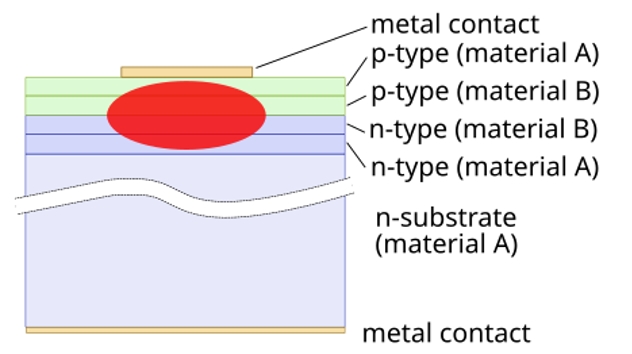
Image by The Photon, licensed under the GNU Free Documentation License. You can freely copy, distribute, and modify it under the terms of the license. Full license information available at https://commons.wikimedia.org/wiki/Commons:GNU_Free_Documentation_License,_version_1.2.
For laser operation, the device is designed to have a resonant cavity—a structure that amplifies the light generated at the junction. The light is then reflected back and forth between mirrors at the ends of the cavity, building up in intensity until it emerges as a focused laser beam. The wavelength of the emitted light is determined by the materials used in the semiconductor and the dimensions of the cavity.
Types of Semiconductor Lasers
There are various types of semiconductor lasers, but the most common include:
- Edge-emitting Lasers (EELs): In these lasers, light is emitted from the edge of the device. They are the most commonly used type for high-power applications like fiber optics and DVD players.
Vertical-cavity Surface-emitting Lasers (VCSELs): In VCSELs, the light is emitted from the surface of the device rather than the edge. They are often used in optical communication, sensing, and 3D imaging systems.
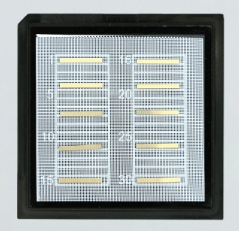
Applications of Semiconductor Lasers
Semiconductor lasers have found extensive use in a variety of fields:
- Telecommunications: Due to their ability to generate high-intensity light at specific wavelengths, semiconductor lasers are crucial in fiber-optic communication systems.
- Consumer Electronics: They are used in devices like CD/DVD players, barcode scanners, and laser printers.
- Medical Applications: In medical treatments like laser surgery and dermatology, semiconductor lasers are often used for their precision and ability to focus on small areas.
Industrial and Scientific Applications: Semiconductor lasers are used in material processing, laser cutting, and even as research tools in laboratories.
Advantages of Semiconductor Lasers
Semiconductor lasers offer several advantages over traditional lasers, such as gas lasers or solid-state lasers:
- Compact Size: Semiconductor lasers are small, lightweight, and can be integrated into electronic circuits.
- High Efficiency: They convert electrical energy into light very efficiently, making them energy-saving devices.
- Low Cost: These lasers are inexpensive to produce, making them widely available for both commercial and industrial applications.
Tunable Wavelengths: By altering the material composition or cavity design, semiconductor lasers can emit light across a wide range of wavelengths, from infrared to visible light.
Conclusion
Semiconductor lasers are versatile and efficient devices that play a crucial role in numerous technological applications. Their ability to generate focused, coherent light in a compact and cost-effective manner has made them indispensable in telecommunications, consumer electronics, medical fields, and more. As technology advances, the applications and capabilities of semiconductor lasers continue to expand, driving innovation across many industries.
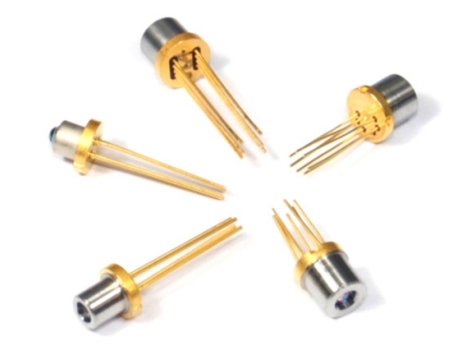 TO Packages
TO Packages
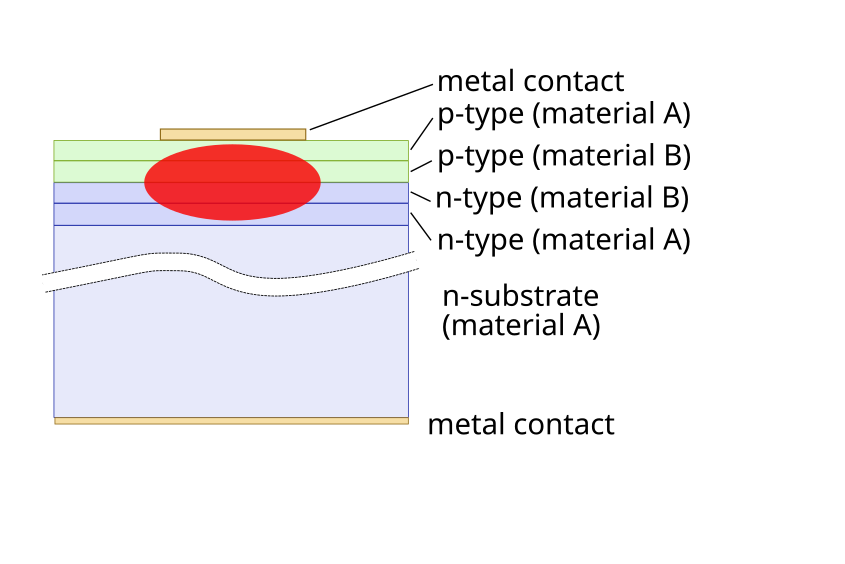 Semiconductor Laser
Semiconductor Laser
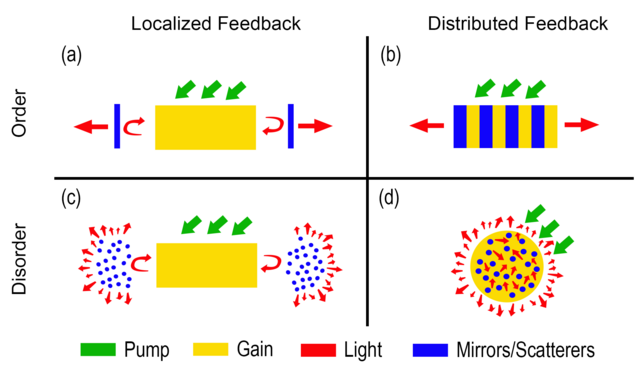 DFB Laser
DFB Laser
 LiDAR Technology
LiDAR Technology
